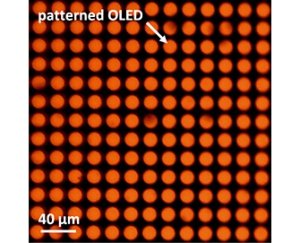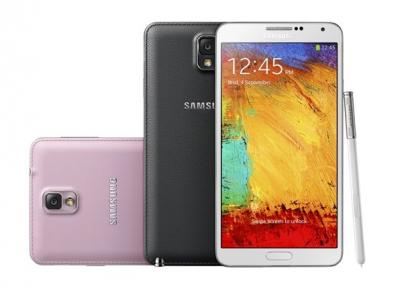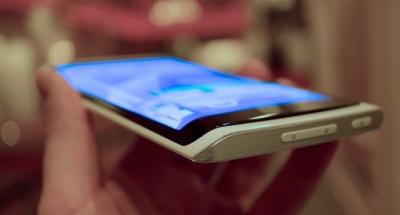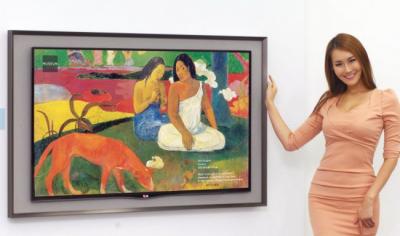New oligomer OLED molecule emits non-polarized light, to enable more efficient PLEDs
Researchers from the University of Utah, Bonn and Regensburg developed a new wagon-wheel (or rotelle-pasta) shaped OLED molecule that emits non-polarized (random) light.Those oligomers, or wrapped-up polymers may enable OLEDs more efficient than polymer based OLEDs (PLEDs).
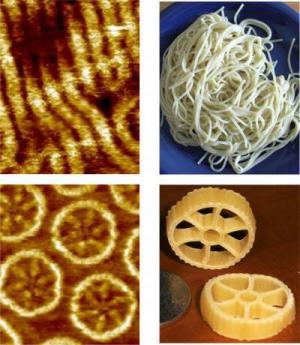
The researchers explain that current poylmer OLED molecules (which are shaped like spaghetti pasta, to continue the same metaphore) emit polarized light. Some of that light get trapped inside the OLED device and this makes it less efficient. They say that up to 80% of the generated light may be trapped in the OLED because it is polarized.



